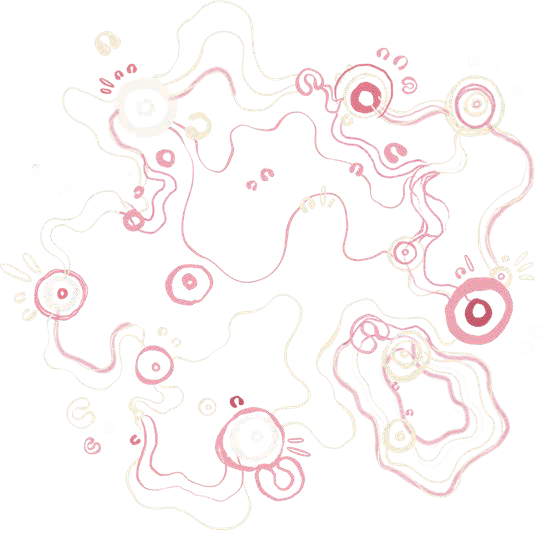At the Local Health District/Specialty Health Network level of decision making and governance, decisions impact how organisations are managed.
What does success look like at this level?
Examples of how the framework principles look in practice
For examples of how the framework principles look in practice at this level, visit:
View all case studies

